DJ123
TPF Noob!
- Joined
- Aug 2, 2017
- Messages
- 3
- Reaction score
- 0
- Can others edit my Photos
- Photos NOT OK to edit
Hey guys, my name is Dalton. Really new to the site. I'm 19 and from Colorado. I've been wanting to get into photography more and more as I've gotten older. It's always something that has intrigued me. I don't really know a whole lot about photography and kind of need help with everything, as far as what kind of camera I should get to start with, lenses, price, and things like that. I know I want either a canon or a Nikon but I don't know the differences between the two brands either. I really want to take pictures of a wide array of things so I don't know if certain camera's have advantages over another in that category. Look forward to talking to you guys!




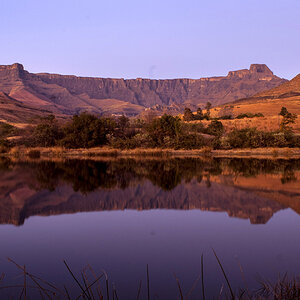
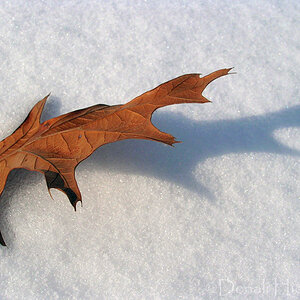
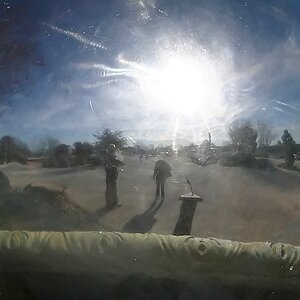
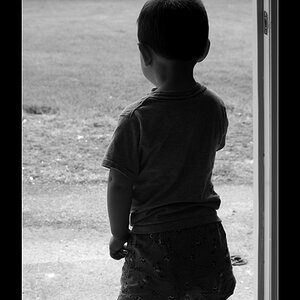

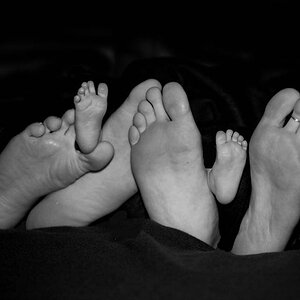
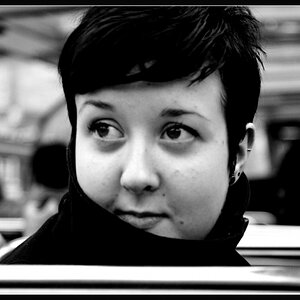
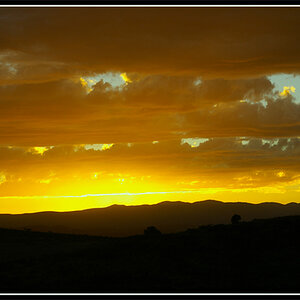

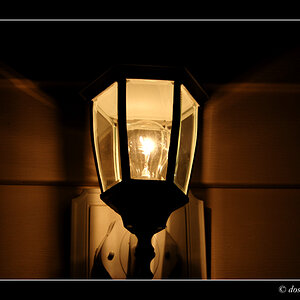

![[No title]](/data/xfmg/thumbnail/39/39497-93752210dd49247220721e5ac8c61245.jpg?1619739055)